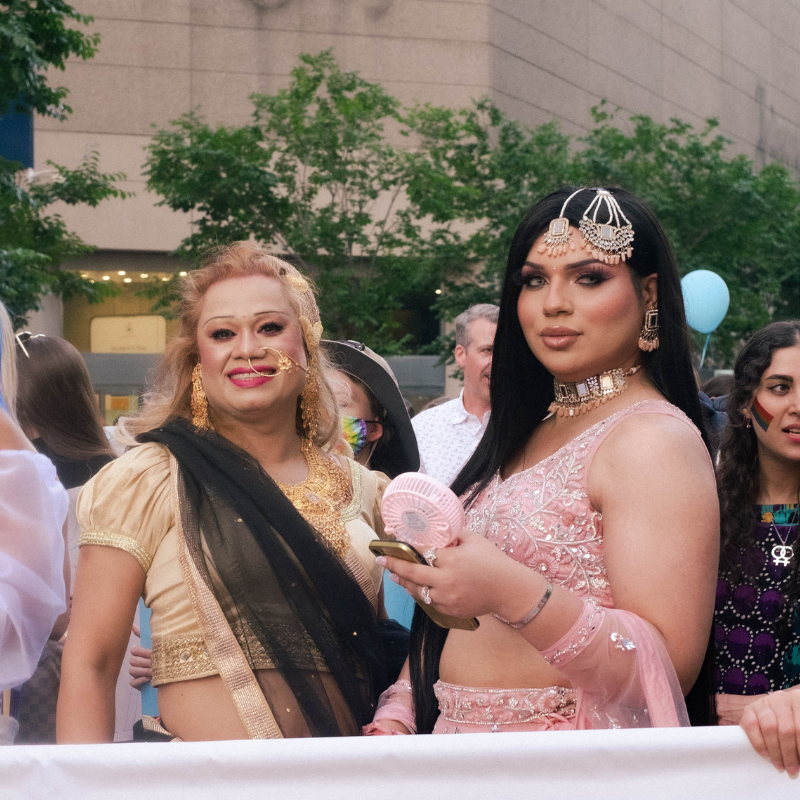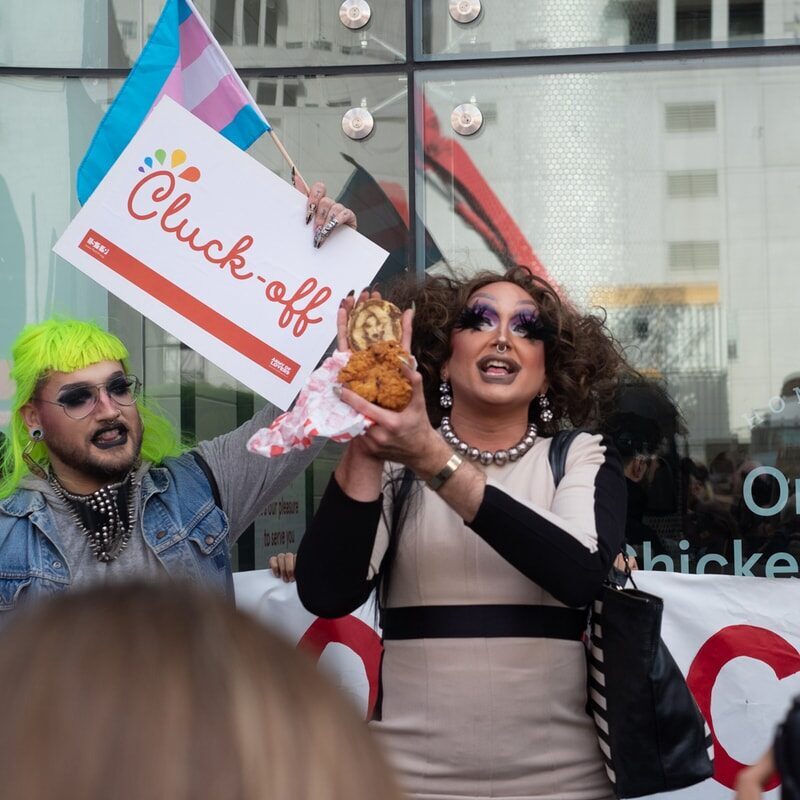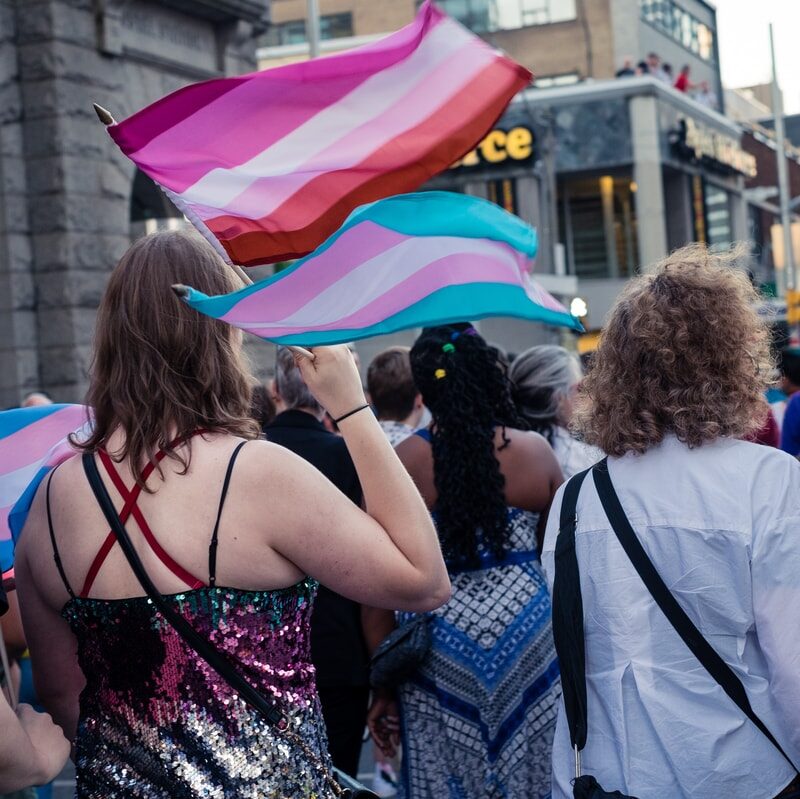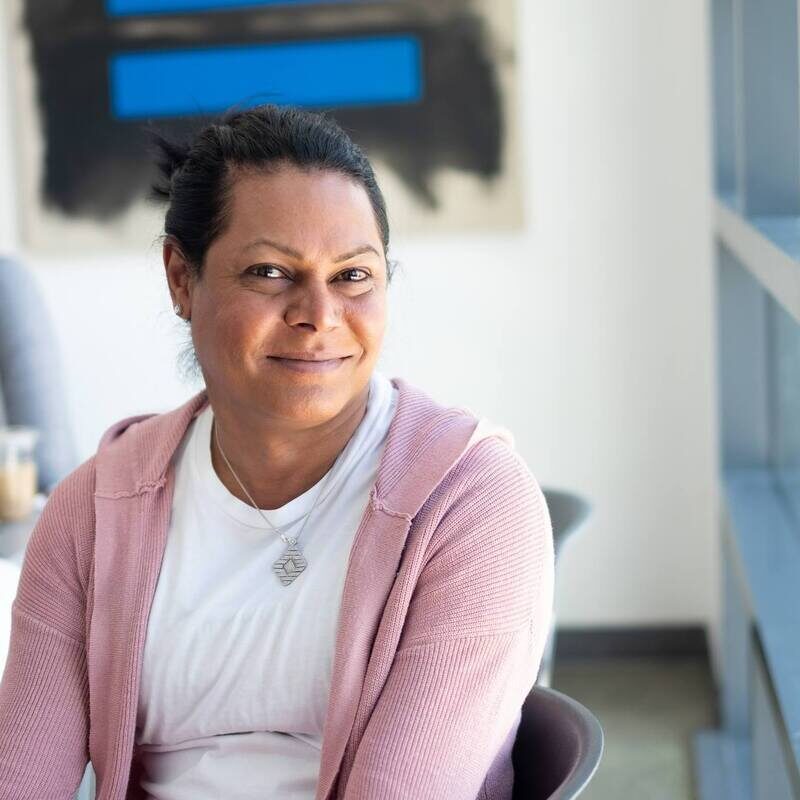Basics for Covering Trans and Gender-Diverse Communities
General best practices and suggestions on how to make the reporting process more comfortable for trans and non-binary folks.

How to Use This Guide
Created with trans and gender-diverse communities in mind, these best practices and principles will help build trust and produce better journalism alongside our communities. This guide centres the dignity and voices of marginalized trans and gender-diverse communities—a standard not always met in reporting. Good reporting for trans and gender-diverse folks means good reporting for all.
Reporting fairly and accurately on communities that have been historically under or misrepresented means some rules need to change to establish trust and rebuild relations. Doing your journalistic duty means challenging the norms and putting new practices into place.
Interviews will differ from person to person and, when in doubt, defer to whatever words someone uses to describe themselves and their experiences.
The guidance shared here might be different from your journalism school teachings or newsroom protocols. It may also contradict Canadian Press Style and other style guides. That’s because this guide was created to centre the dignity and voices of marginalized trans and gender-diverse communities—a standard that’s not always met in reporting.
Reporting fairly and accurately on communities that have been historically under or misrepresented means some rules need to change. You are trying to establish trust and relations in a place where trust has been broken or has never existed. Doing your journalistic duty for marginalized communities means challenging the norms and putting new practices into place.
This guide offers a series of suggested practices versus concrete rules. The usage and meaning of words and how to approach interviews will differ from person to person. When in doubt, defer to whatever words someone uses to describe themselves and their experiences.
Media (Mis)representation
Inaccurate, disrespectful, and offensive reporting has done a lot of damage, especially to marginalized communities.
Being misquoted or misrepresented in the media can make a person feel dehumanized, emotionally vulnerable, and like they haven’t been heard. It may also put them in danger.
Consequently, journalists lose a source, mistrust continues to build, and the public has one less opportunity to benefit from our communities’ knowledge and experience.
Journalists almost always represent and report to “mainstream” society —people who are cisgender (non-trans), straight, and able-bodied. This puts you in a position of power and gives you the ability to either normalize a trans and gender-diverse person’s experiences or perpetuate the “othering” of them. Recognize that power and its impact.


The Basics
Reflect the language that people use to talk about their own experiences and identities.
Include someone’s gender identity only if relevant to a story, and even then, only with consent.
Highlight the needs and views of trans and gender-diverse people versus focusing on what makes them different.
Avoid asking questions you wouldn’t ask a cisgender (non-trans) person.
Recognize trans and gender-diverse people as the real experts on their own lives and experiences.
Respect that trans and gender-diverse people can also be experts on a wide range of topics besides their identities or issues related to gender.
“Media is a really key area where folks who don’t understand our communities and don’t think they interact with our communities can have some of those first entryways into learning who we are as people.”
- Jacq Hixson-Vulpe (They/Them), Manager, Program and Partnership Development at The 519

Intersecting Identities
Trans and gender-diverse communities are multidimensional and diverse, with no single representative narrative.
Discrimination affects people differently based on gender identity, gender expression, race, and class, just to name a few factors. For example: sexism and racism impact the lives of trans women of colour differently than white trans women. It’s important to bring this nuance into stories about identity or discrimination.
Intersectionality—how a person’s privileges and identities interact to affect their life—is often overlooked by the media, especially in news stories. And yet acknowledging these multiple identities is so important for reporting in a way that represents who people truly are.
“These identities are not bad. It just takes reflecting on it and understanding that ‘yes, it is complex’ but there’s also some real joy and greatness that comes with these intersecting identities.”
- Yasmeen Persad (she/her), Coordinator of The 519’s Trans People of Colour Project (TPOC)

When You Get It Wrong in a Story
Admitting you messed up takes a level of vulnerability and humility—two critically important skills for journalists (and people!) today.
Use these five steps to hold yourself accountable, help heal harm, and guide what happens next:
- Acknowledge when your work has had a harmful and hurtful impact. Don’t get defensive
- Apologize directly to the person you misquoted, misrepresented, or hurt
- Identify to them how you can improve and what you’re going to do so the same mistake doesn’t happen again
- Prioritize putting those changes into action, whether they relate to personal growth or working to change unfair or problematic processes within your organization or newsroom
- When possible, issue a retraction, update the story, or—if the error is heinous and this is what a source wants—delete the piece from your website or social media
Remember: An interview source isn’t the only one who benefits when a story is reported in a fair and accurate way. Simply put, this is journalistic integrity and it’s a standard worth reaching for.
Explore Topics In Focus
Pronouns
101
Interviews &
Editorial
Covering Covering Trans and
Non-Binary Communities
Still have questions? Connect with us.
Get in touch with our media relations team, book an education and training session, or flag a story that shows what good reporting looks like in action.